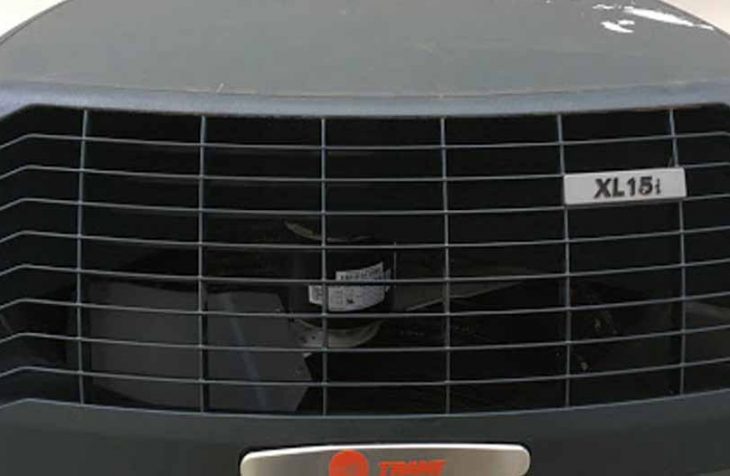How to Prevent Mold from Getting into an Air Conditioner
Mold is the primary cause of respiratory complications and infection in any home. The reason being it can go undetected for months if you have damp areas in your house. If not eliminated, it can be potentially toxic to infants and small children. Air conditioner sickness is caused by the spreading of pathogens such as mold and bacteria by the air conditioner.
What Causes Mold In Air Conditioner?
Moisture and warmth in the air conditioner are the critical factors for mold growth. The condensation from the drain line provides a perfect breeding ground for mold. The air conditioner vents are also warm enough for the mold spores to germinate and moist enough for them to develop into full-blown mold invasion.
How To Prevent Mold In Air Conditioner
First things first, you need to maintain and clean your drain line to prevent any condensation from pooling and creating a breeding ground for the mold. You also need to ensure that they do not get blocked by maintaining them regularly. The blockage will fast track the mold breeding process.
Next, you need to invest in a good air conditioner mold spray. This will make the vents and the drain line unconducive for mold growth. HVAC mold inhibitors prevent the growth of mold and mildew. Follow the manufacturers’ instructions when applying them to the air conditioner.
Clean and maintain your air filter regularly. This will prevent the accumulation of mold spores that may overwhelm the filter and start germinating on its exterior—ultimately spreading to other parts of your air conditioner’s vents.
Clean your air conditioner with a strong disinfectant every once in a while. To kill any pathogens that may be lurking in the vents. This is half the battle, and it goes a long way in preventing the growth of mold. Then apply a mold inhibitor to the vents and the filters. Also, ensure the vents are dry at all times as mold needs moisture to grow.
Ensure that the air intake duct is not near sources of harmful germs and pathogens. Ideally, it should be in an area without close contact with microbes, pathogens, and contaminants such as dust, stagnant water, bird droppings, garbage, dried leaves, and other types of waste. If these get absorbed, they may spread mold spores in the vent leading to mold growth in the AC unit.
Use a dehumidifier to reduce humidity levels in our house. This will prevent mold growth. If your AC has humidity control features, use it to regulate the humidity in the air to avoid the accumulation of moisture in the AC vents.
Additionally, please do not switch off the air conditioner when it is not in use, as this will create room for mold growth. Leave it on auto mode instead. This will ensure it keeps circulating air instead of creating room for mold to breed.
It is possible to have mold that may not be visible to the naked eye. So be on the lookout for mold in air conditioner symptoms. These include a musty smell in the air when you turn the AC on, shortness of breath, sneezing, asthma attacks, sore throat, respiratory infections, headaches, irritated eyes, itchy skin, wheezing, rashes, and sore throat.
Perform regular maintenance checks to ensure that the air conditioner does not accumulate dirt that is the ideal mold food. All ensure it stays dry at all times to reduce moisture levels in the vents and filters.
